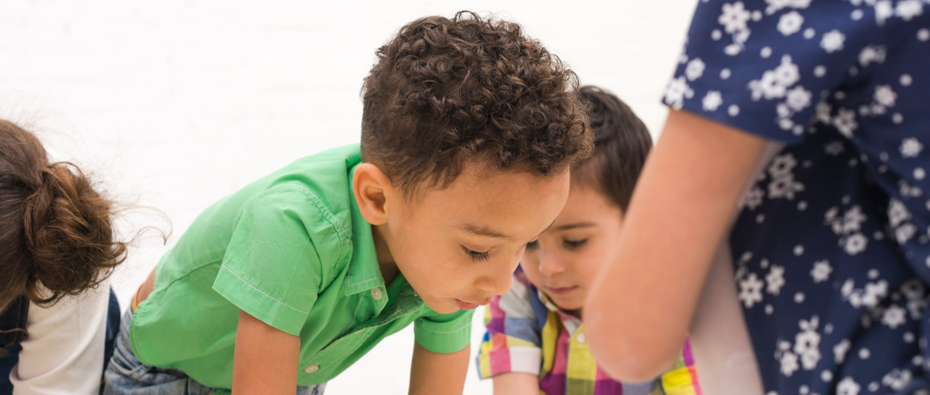
Child's Voice
Early years settings seek to be child-centred and responsive to every child as an individual. When a child has SEND it is of utmost importance, and settings often need to be creative and reflective in seeking ways to understand and respond to the child’s “voice”. It is particularly important to think creatively when a child’s communication is in the pre-intentional or pre-verbal stages of development. It will often be observed in day-to-day interactions, captured in planning and at times settings may be asked to capture the voice of the child for a particular reason e.g., in an early help assessment.
- Getting to know the child, and their parents or carers well (particularly when a child is transitioning into the setting).
- Communicating with parents or carers about the child’s likes, dislikes, and interests. It is important to understand how the child will communicate these during the day. This will first be done when a child is transitioning into the setting but should also be an ongoing process as the child’s likes, dislikes and interests change.
- Children communicate in many ways, not just verbally. They may communicate through facial expressions, sounds, body language or through actions such as pushing an activity away or pulling an adult towards something they want, pointing, or using words. Often children will use a mixture of ways to communicate, and these should all be looked for and responded to.
Most practitioners will be responding throughout the day to a child’s communication and when a practitioner knows a child well this is often done seamlessly and without thought. Where a child is not consistently using clear spoken language to communicate it is important to consider ways of sharing this with adults who do not know the child so well. You may need to consider how you use and share:
- All about me forms or posters.
- Intensive interaction – this allows the adult to observe the child, respond to their communication, learn more about the child and gives the child space to be in control of the communication even if the child is at a pre-intentional stage of communication.
- How to respond to the child’s preferred means of communication.
- How to respond to and value a child’s interests.
- How adults usually respond to a child’s requests and protests, and what this looks like.
- How to support a child to use augmentative and alternative communication.
- What is the child’s preferred means of communication? e.g., objects of reference, symbols, choosing boards, verbal choices.
When we know what a child’s interests, likes and dislikes are, what they are trying to achieve, how they communicate, what creates frustration etc. we must use this information in planning for the child.
- Observing a child can often give you a better insight into the child’s voice, particularly using video observation where you can pause and rewind to look at more detail of the subtle nuances of pre-verbal children’s communication or responses.
- Individual Child Plan – there is a space on the Cambridgeshire template for the child’s strengths and interests. It is important to use this information in considering the next steps, activities, and resources you use to support building new skills. Consider from the point of view of the child in the section “what areas of development do I need the most help with now?”, for example, if the child is becoming frustrated that they can’t do their zip on their coat up it is important to respond to this by supporting the skills needed to do this, scaffolding the learning, and finding adaptive resources if needed.
- Observing Patterns of Behaviour Form – the first stage of this form asks you to gather information about the child’s strengths and interests and the wider context of the child’s behaviour to form a foundation to assess the more specific elements of the child’s behaviour. Once practitioners are recording behaviours that occur, there is a section to record what the child may be communicating through their actions, this may be more of a reflective consideration, but it is important to consider the behaviour from the child’s perspective. In this way, practitioners are in a better position to understand and respond to behaviours. The reflective section of the patterns of behaviour form is of utmost importance in understanding the information gathered in the observations and further considering what the child is communicating through their actions.
There are points in time when it is useful to think about what a child would be communicating if they were able to. These are also points where it would give adults who do not know the child so well (or at all) a sense of the child’s view so they can respond appropriately. It is useful to take time to reflect upon what the child is communicating through their consistent patterns of communication and behaviours. Examples of these times could be transitions, completing EHA and EHCP reviews and you may like to use tools such as:
- All about me.
- One-page profiles.
- Communication passports.
- Photo albums of children engaging in activities they like (or did not like), expressions they make when they are happy or excited etc. This can be used to communicate the child’s voice to adults, but also in some situations gives the child a way to share this in person and their responses to the photos can give a greater way for the child to express themselves.
- Creating videos and using them in the same way as a photo album.

